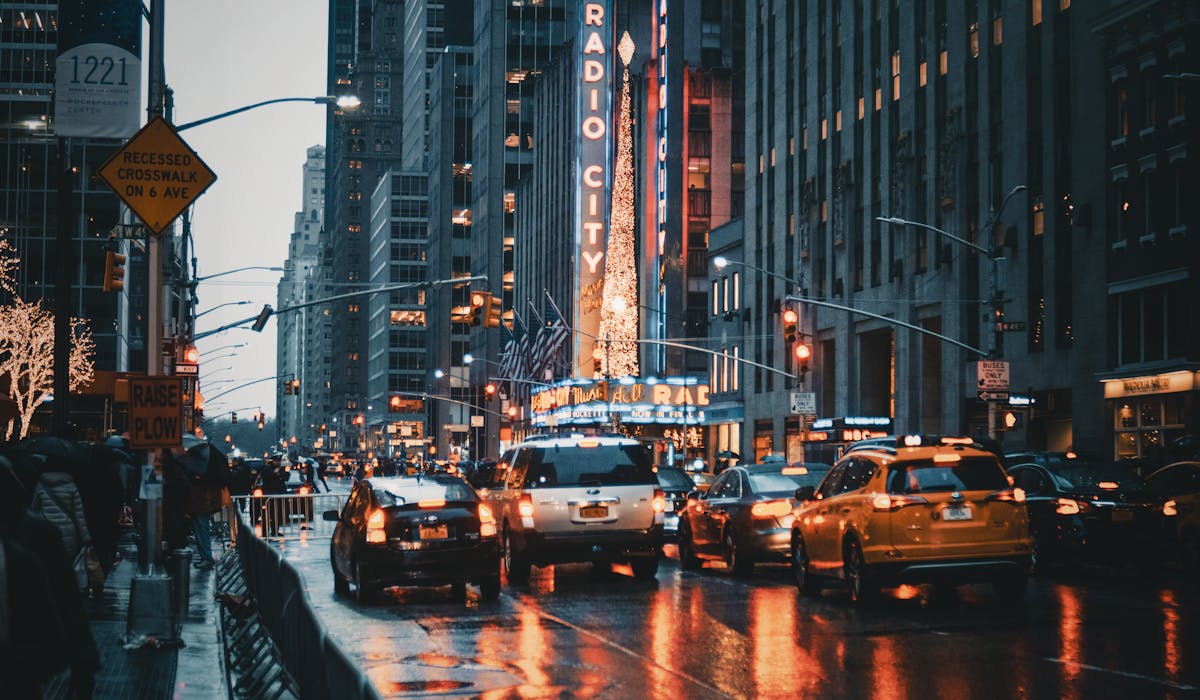All about Framing Streets
All about Framing Streets
Blog Article
The Main Principles Of Framing Streets
Table of ContentsIndicators on Framing Streets You Need To KnowFraming Streets Can Be Fun For AnyoneEverything about Framing Streets4 Simple Techniques For Framing StreetsNot known Facts About Framing StreetsLittle Known Questions About Framing Streets.
, normally with the objective of catching photos at a definitive or touching minute by careful framework and timing. https://www.evernote.com/shard/s712/sh/a20f905f-57e4-5272-51f4-f35da5427286/FHPVGf2byaymnUuFoCvbW6NB-nEwrGqgpr5jMmpHfYWRset57b4bWaOM-A.
Get This Report on Framing Streets
Susan Sontag, 1977 Street photography can concentrate on individuals and their behavior in public. In this respect, the street professional photographer resembles social docudrama professional photographers or photographers who additionally function in public locations, yet with the aim of catching relevant occasions. Any of these professional photographers' images may capture individuals and residential or commercial property visible within or from public places, which frequently requires navigating honest issues and regulations of personal privacy, safety, and building.
Depictions of everyday public life develop a style in virtually every duration of world art, starting in the pre-historic, Sumerian, Egyptian and very early Buddhist art durations. Art taking care of the life of the road, whether within sights of cityscapes, or as the leading concept, shows up in the West in the canon of the Northern Renaissance, Baroque, Rococo, of Romanticism, Realism, Impressionism and Post-Impressionism.
Rumored Buzz on Framing Streets
Louis Daguerre: "Boulevard du Holy place" (1838 or 1839) In 1838 or 1839 the initial photo of numbers in the road was tape-recorded by Louis-Jacques-Mand Daguerre in one of a pair of daguerreotype sights drawn from his studio home window of the Blvd du Temple in Paris. The second, made at the elevation of the day, shows an uninhabited stretch of street, while the other was taken at regarding 8:00 am, and as Beaumont Newhall records, "The Blvd, so regularly filled up with a moving throng of pedestrians and carriages was completely singular, other than a person who was having his boots brushed.
, who was motivated to undertake a similar documents of New York City. As the city created, Atget assisted to promote Parisian streets as a worthy subject for digital photography.

What Does Framing Streets Do?
Martin is the initial tape-recorded professional photographer to do so in London with a masked electronic camera. Mass-Observation was a social research study organisation established in 1937 which aimed to record daily life in Britain and to videotape the reactions of the 'man-in-the-street' to King Edward VIII's abdication in 1936 to marry divorce Wallis Simpson, and the sequence of George VI. The chief Mass-Observationists were anthropologist Tom Harrisson in Bolton and poet Charles Madge in London, and their first record was generated as the book "May the Twelfth: Mass-Observation Day-Surveys 1937 by over 2 hundred viewers" [] Home window cleaner at Kottbusser Tor, Berlin, by Elsa Thiemann c. 1946 The post-war French Humanist College professional photographers found their topics on the street or in the bistro. In between 1946 and 1957 Le Groupe des XV each year showed job of this kind. Andre Kertesz. Circus, Budapest, 19 May 1920 Street digital photography developed the significant web content of two exhibits at the Gallery of Modern Art (Mo, MA) in New york city curated by Edward Steichen, Five French Photographers: Brassai; Cartier-Bresson, Doisneau, Ronis, Izis in 1951 to 1952, and Post-war European Digital Photography in 1953, which exported the idea of street photography worldwide.

The smart Trick of Framing Streets That Nobody is Talking About
, then a teacher of young youngsters, connected with Evans in 193839.'s 1958 book,, was significant; raw and usually out of focus, Frank's pictures examined traditional digital photography of the time, "challenged all the official guidelines laid down by Henri Cartier-Bresson and Walker Evans" and "flew in the face of the wholesome pictorialism and sincere photojournalism of American magazines like LIFE and Time".
Report this page